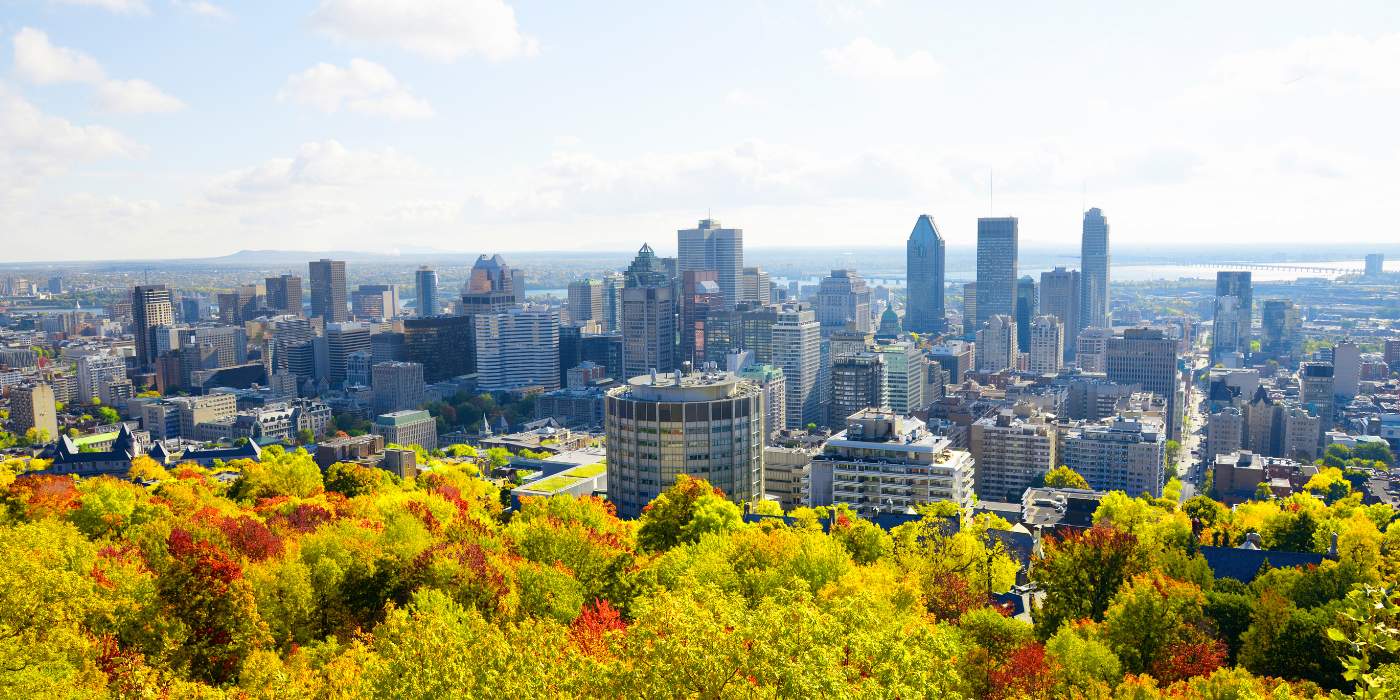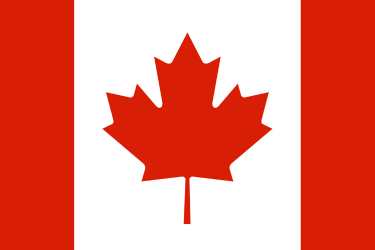

The best time to visit Montréal is from May to October, when the city comes alive with festivals, outdoor patios, and colorful urban life. Summer (June–August) is peak season, with long sunny days, music festivals like Osheaga and the Montréal Jazz Festival, and cultural events across the city. Fall (September–October) offers cooler weather, brilliant foliage in Mount Royal Park, and a calmer tourist scene.
If you're a winter lover, December to February transforms the island into a snowy playground with skating rinks, winter carnivals, and lights festivals like Montréal en Lumière. However, winter can be extremely cold, often below -10°C (14°F), so come prepared with proper gear.
Spring (March–May) is ideal for foodies, with seasonal maple menus and fewer crowds. Each season brings a different side of the island’s charm.
• Old Montréal (Vieux-Montréal) – Cobblestone streets, historic architecture, the Notre-Dame Basilica, and charming boutiques make this area feel like Europe.
• Mount Royal Park (Parc du Mont-Royal) – Designed by Frederick Law Olmsted, this urban park offers panoramic city views, hiking, ice skating, and seasonal picnics.
• Montréal Museum of Fine Arts (MBAM) – One of Canada’s top museums featuring classical and modern art across four pavilions.
• Jean-Talon Market – One of North America’s largest open-air markets, showcasing local produce, cheeses, maple products, and global cuisine.
• Saint Joseph’s Oratory – A magnificent basilica perched on Mount Royal, attracting pilgrims and architecture lovers alike.
• Biodome and Space for Life – A converted Olympic stadium featuring ecosystems from the rainforest to the Arctic, plus an insectarium and planetarium.
• Plateau Mont-Royal – A trendy, artsy neighborhood filled with murals, cafés, vintage shops, and colorful row houses.
• Lachine Canal – Great for biking, kayaking, or walking, this historic waterway connects the old port to western parts of the island.
• Montréal Botanical Garden – Home to over 20 themed gardens, including Chinese and Japanese pavilions. A must-see in spring and fall.
• Atwater Market – Known for gourmet cheeses, charcuterie, baked goods, and its iconic Art Deco tower.
• Use the metro and BIXI bikes to get around—it's efficient and fun.
• Learn a few French phrases; while most locals speak English, it’s polite to begin with “Bonjour.”
• Visit in early fall for warm days and low hotel rates.
• Try poutine at La Banquise for a true Montréal food experience.
• Dress in layers, as weather can change quickly in all seasons.
• Tipping is expected, so add 15-20% at restaurants and cafés.
• Explore the underground city (RESO) in winter to stay warm and access shopping and transit.
• Don't miss bagels from St-Viateur or Fairmount, both open 24/7.
• Use apps like Transit or Chrono for navigating public transport in real-time.
• Stay in Le Plateau or Mile End for cool vibes, good food, and local culture.
• Montréal International Jazz Festival – The largest jazz fest in the world, drawing thousands every July.
• Just for Laughs (Juste pour Rire) – World-famous comedy festival featuring local and international acts.
• Osheaga Music Festival – A massive indie/alt rock and EDM fest held at Parc Jean-Drapeau.
• Montréal en Lumière – A winter celebration of lights, food, and performing arts during the cold months.
• Nuit Blanche – An all-night arts and culture event where galleries, venues, and streets light up until dawn.
Do you need a visa to visit the island?
If you're from the U.S., UK, EU, Australia, or many other countries, you may enter Canada visa-free for up to 6 months but will need an eTA (Electronic Travel Authorization) if flying in. Others will need a visa. Always check the current Canadian visa requirements before travel.
What is the best way to get to the island?
Fly into Montréal–Trudeau International Airport (YUL). From there, taxis, buses, Ubers, and a 747 express shuttle can bring you downtown in about 30 minutes. Trains and buses from Ottawa, Toronto, and Quebec City are also great options.
Should I rent a car on the island?
Not necessary if you're staying in the city. Public transportation is excellent, and walking or biking is popular. If you plan to explore the countryside or take day trips to places like Mont-Tremblant, a car rental is a good option.
Is the island wheelchair accessible?
Yes, Montréal is quite accessible. Many public buildings, metro stations, and attractions offer wheelchair access, although some historic buildings in Old Montréal have limitations. STM (public transit) offers adapted transportation services.
What are the island’s most famous landmarks?
Notre-Dame Basilica, Mount Royal, Saint Joseph’s Oratory, and the Old Port are all iconic. Montréal’s murals and modern structures like Habitat 67 also stand out.
What are the best beaches on the island?
While not a traditional beach destination, Montréal has summer spots like Jean-Doré Beach and Plage de l’Horloge, perfect for sunbathing and swimming during the warmer months.
What is unique about the island’s wildlife?
You’ll see raccoons, foxes, squirrels, and a surprising number of urban birds like hawks and herons. Biodome and Ecomuseum Zoo are great places to observe native species up close.
What traditional foods should you try on the island?
Poutine (fries with cheese curds and gravy), Montréal bagels, smoked meat sandwiches from Schwartz’s, maple syrup treats, and tourtière (a Québécois meat pie). Don’t forget Montréal-style hot dogs and craft beer.
Can you drink tap water on the island?
Yes, tap water is clean, safe, and drinkable everywhere in Montréal.
What is the nightlife like on the island?
Montréal’s nightlife is legendary — from Latin dance bars and electronic clubs to jazz lounges and LGBTQ+ venues. Saint-Laurent and Sainte-Catherine streets are nightlife hubs.
How can I stay connected to the internet on the island?
Most cafés, hotels, and public libraries offer free Wi-Fi. SIM cards from providers like Bell, Telus, or Fido can be purchased easily for longer stays.
What are some local souvenirs to bring home from the island?
Maple syrup, Montréal bagels (vacuum-packed), artisan soaps, local wines and beers, smoked meats, and handcrafted Québécois art.
